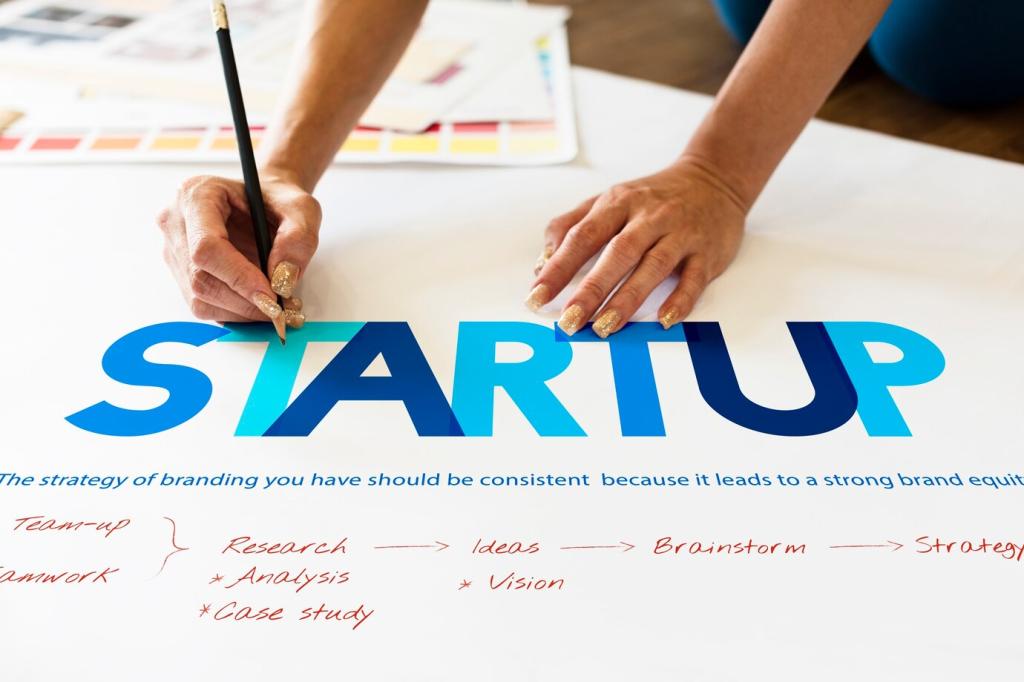Chosen theme: Budgeting and Financial Planning for Startups. Build clarity, control burn, and finance your milestones with confidence. Dive into practical strategies, candid founder stories, and investor-ready models—and subscribe to stay ahead with fresh templates and insights.
Your First Startup Budget: From Zero to Runway
Map Every Cost With Intention
List fixed and variable expenses, annual contracts, and one-off setup fees. Tag each line as must-have or nice-to-have. This clarity helps you prioritize resources, protect runway, and justify every dollar to co-founders, teams, and future investors.
Forecast Revenue the Credible Way
Use a bottom-up model: leads, conversion rates, pricing, and ramp time. Avoid hockey-stick hopes. Document assumptions, version your model monthly, and invite feedback from sales and product to keep projections grounded and believable.
Build an 18-Month View With Buffers
Plan for at least 18 months of operations, with a 10–20% contingency fund. Include seasonality, hiring lags, and delayed receipts. Share your plan with the team, invite questions, and subscribe for our budgeting templates to accelerate setup.
Runway, Burn, and Cash: The Metrics That Keep You Alive
Net burn is monthly cash out minus cash in; runway equals cash on hand divided by net burn. Use median, not just last month. Track a three-month moving average, and share changes transparently so everyone understands trade-offs and urgency.

Investor-Ready Financial Models That Tell a Real Story
Show LTV to CAC with realistic churn, gross margin, and payback period. Break down cohorts by acquisition channel. If payback is long, explain why retention justifies it. Invite readers to share their LTV methods and subscribe for our cohort template.

Budgeting Across Stages: Pre-Seed, Seed, and Series A
Pre-Seed: Frugal Learning Loops
Spend on customer discovery, prototypes, and signal tests. Favor contractors over full-time hires. Keep marketing scrappy and measurable. Share your best low-cost experiment in the comments to inspire other early builders to learn faster.


Seed: Go-To-Market With Measurable Bets
Budget for two to three channels with clear hypotheses, guardrails, and stop-loss rules. Fund onboarding and support to protect retention. Link sales headcount to pipeline math, not hope. Review weekly and reallocate ruthlessly.
Tools, Processes, and Cadence That Keep You Honest
01
Close the Books Fast and Accurately
Implement basic accounting hygiene: separate business accounts, categorize transactions weekly, reconcile monthly, and document approvals. Aim for a 10-day close. Share your close checklist with the team and ask for ideas to shorten the cycle.
02
Choose Tools That Fit Your Stage
Start with Google Sheets or Excel plus bookkeeping software; graduate to lightweight FP&A tools when collaboration hurts. Integrate payments and CRM. The best stack is the one your team actually updates consistently without friction.
03
Rituals That Drive Alignment
Hold weekly finance standups, monthly budget versus actuals, and quarterly board-style reviews. Highlight decisions, not just numbers. Invite questions openly, and encourage teammates to subscribe for our agenda templates and meeting prompts.



Risk, Compliance, and the Power of Buffers
Taxes, Payroll, and Staying Compliant
Register correctly, classify contractors properly, and file on time. Automate payroll and track benefits accruals. A missed filing can cost more runway than a failed campaign. Share your compliance checklist to help fellow founders avoid surprises.
Currency and Pricing Volatility
If you sell globally, model FX swings and regional pricing. Consider billing currency choices and hedging light. Explain your pricing policy in your financial model so investors see resilience, not risk, when markets wobble unexpectedly.
Build a Strategic Cash Buffer
Target a minimum cash threshold and treat it as sacred. When you cross it, trigger pre-decided actions: hiring pause, vendor renegotiations, or fundraising prep. Invite your team to adopt the rule and subscribe for our trigger playbook.
